These visualizations reveal how Cinderella, Tatterhood, and the princess of The Six Swans are shaped in narrative through adjectives and verbs, exposing the different strategies of female characters.
The adjective bubble chart shows that Cinderella is richly ornamented with positive descriptors (kind, sweet, beautiful, polite, gracious). Her identity is narrated through virtue and beauty rather than action. By contrast, Tatterhood is marked by negative descriptors (ugly, loathly, ragged), while the princess in The Six Swans is sanctified through adjectives of patience and virtue (innocent, pious, silent).
The verb distribution chart highlights their distinct strategies of action. Cinderella is tied mostly to domestic verbs (clean, scrub, iron), showing her compliance and endurance. Tatterhood dominates in transformative verbs (sail, steer, leap, ride), reflecting her defiance and initiative. The Six Swans heroine balances domestic and relational verbs with a few transformative ones (make white shirts, set free), dramatizing a strategy of endurance and sacrifice.
Together, these visualizations illustrate how female characters in fairy tales act differently: one endures within domesticity, one defies through bold initiative, and one sacrifices through silence. What makes them compelling is not uniformity but the variety of strategic approaches they adopt within patriarchal narrative systems. By mapping adjectives and verbs, digital humanities methods uncover how being and acting intersect to shape the narrative power of female characters.
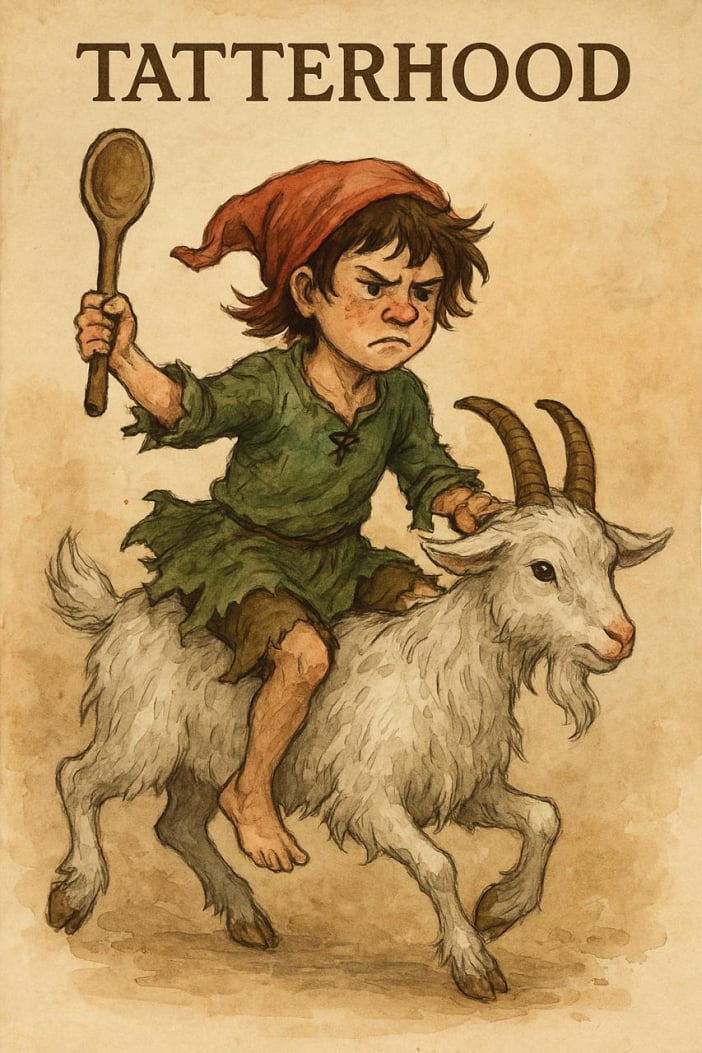
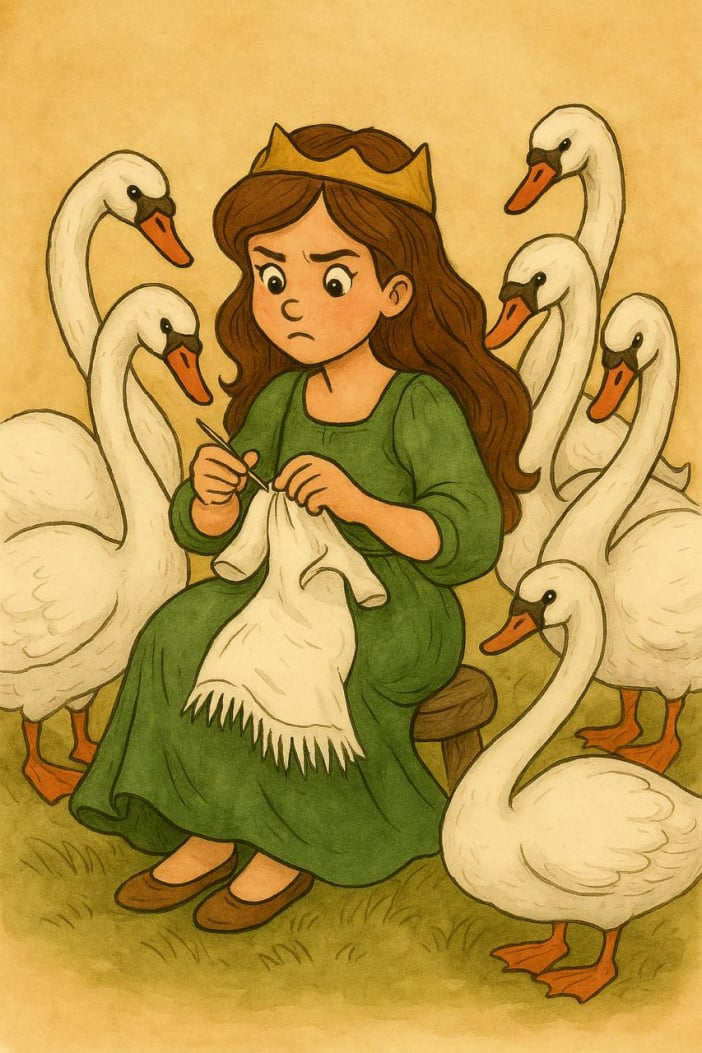
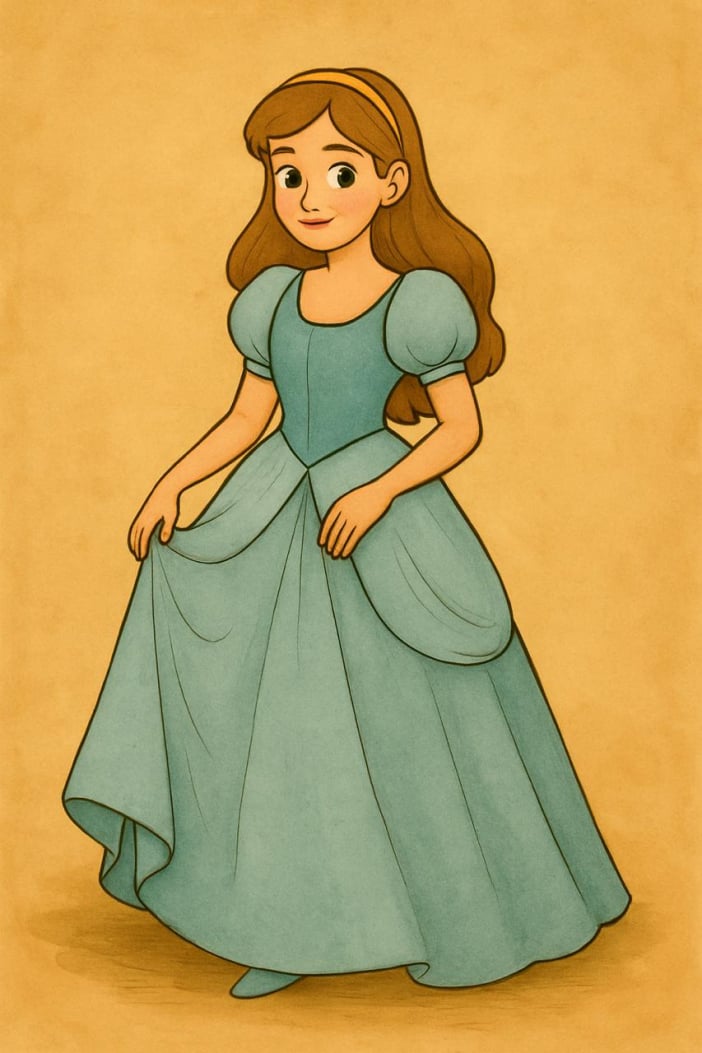



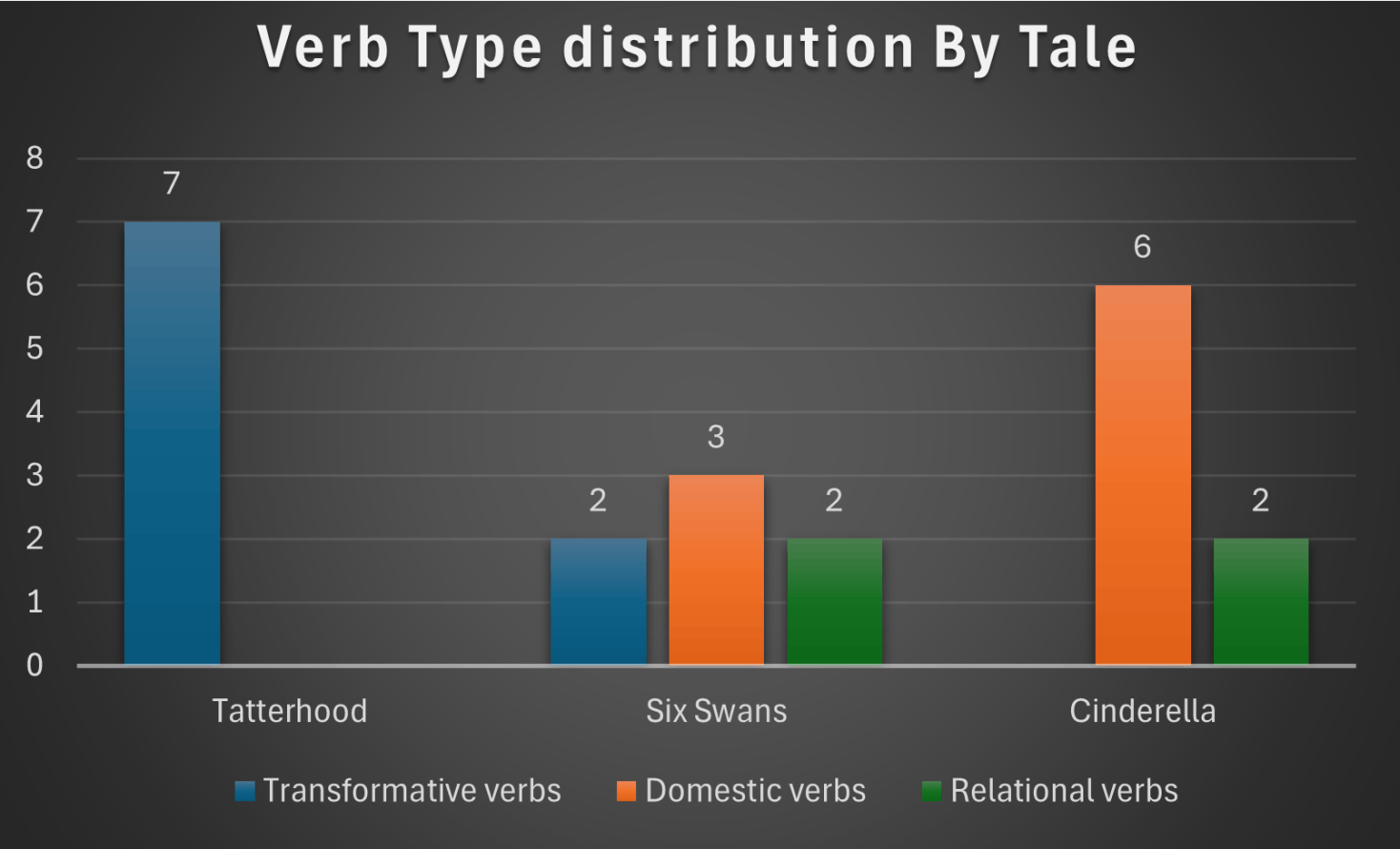

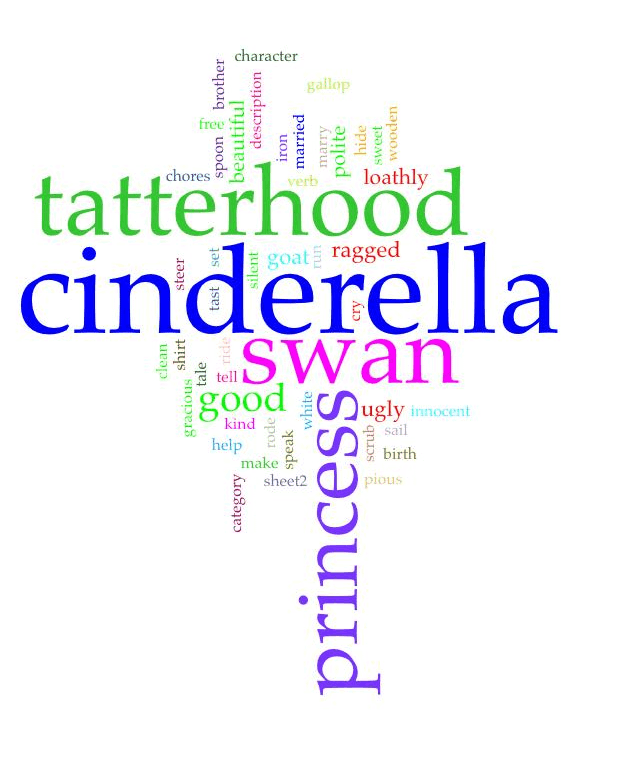
Follow me